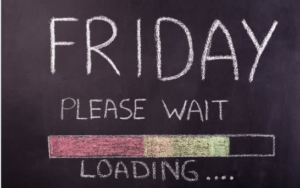Capturing life in death
Paul Toohey
At first, John Slaytor thought the request a little unusual. One of his neighbours, knowing Mr Slaytor was a photographer — weddings, parties, you name it — asked him to photograph his uncle’s funeral.
Mr Slaytor, from Waverton, has since photographed two other funerals and believes that he may be Australia’s first professional funeral photographer.
“I find with shooting weddings it’s a bit like being in a war zone,” says Mr Slaytor. “There are two families often competing with each other, there’s a tension.
“Funerals can be joyful. They can be really nice events and there’s a very good-natured atmosphere. It’s not about consumption, it’s not about how much money is being spent. It’s about thinking about someone.”
Mr Slaytor presents the photographs — including the arrival of the hearse, the carrying of the coffin, the eulogy, people crying and hugging, the wake and even the viewing of the body, if that’s what the family want — in hard cover colour books.
In the case of Louis and Tshyu Wong, they went searching for a photographer to capture the funeral of Tshyu’s 89-year-old mother Soong Fook Tshin, who passed away in Sydney in May.
One of Tshyu’s sisters, living in Malaysia, was unable to attend and asked the family to take photos.
“None of the family members were willing to take photos because we were in grief,” says Mr Wong.
Arrangements were made with Mr Slaytor.
Mr Wong says funeral photography is not a tradition in China, or anywhere else for that matter. “It happened my wife’s sister could not attend and she requested photos,” he says.
“We never regret it. We are very happy about it. We have shown the book to friends and they go, ‘Oh, I wish I had of thought of it.’
“Maybe because funerals are sad, nobody thinks of taking pictures. In our case, we were lucky somebody else took the pictures.
“My wife and her siblings appreciate the book very much.”
Mr Slaytor says some people think of funeral photography as a gangland-type setting of press photographers.
“But it need not be like that. For a photographer, it’s wonderful. At weddings, people put on a wedding face. At funerals, people . . . are human for a day.”
Mr Slaytor clearly enjoys the sociological potential of funeral photography, though there’s always the risk that a testosterone-fuelled nephew who has not been informed that a photographer has been hired will take offence and start swinging. It hasn’t happened but as a general rule Mr Slaytor says the trick is to remain low-key.
“Cameras can now operate in low light with no flash, so you can be incredibly discreet and take lovely photos,” he says.
“I make a point of chatting to the key people so guests sense it’s all right that I’m there. I ask people beforehand to think about what they want covered.
“The eulogy and the wake are obvious, but do they want me to shoot the body?”
Both Mr Slaytor and Mr Wong, exercising sensitivity, sense that funeral photography may not be appropriate in the case of people taken young, but they might be wrong about that. Young or old, funerals — like births, christenings, weddings — are milestones of life.
“I do weddings and christenings but it’s funerals I want to target,” says Mr Slaytor.



